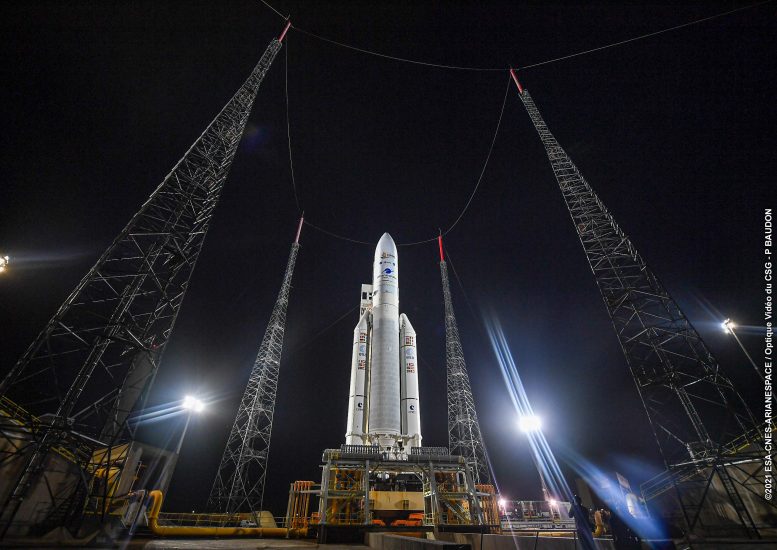
The James Webb Space Telescope is safely stowed inside the fairing of ESA’s Ariane 5 launch vehicle, which is now on the launch pad undergoing final checks and fuelling for a targeted liftoff at 12:20 GMT / 13:20 CET on December 25 from Europe’s Spaceport in French Guiana. Credit: ESA/CNES/Arianespace
Ariane 5 Fueling is Complete (6:16 am EST)
Fueling for both the main and upper stages of the Ariane 5 rocket is now complete.
In preparation for launch scheduled for no earlier than 7:20 am EST (9:20 am GFT). The cryogenic arms attached to the Ariane 5 are now supplying top-up fuel until liftoff. All systems are being continually measured to monitor the readiness of Ariane 5 to launch and the condition of its precious cargo.
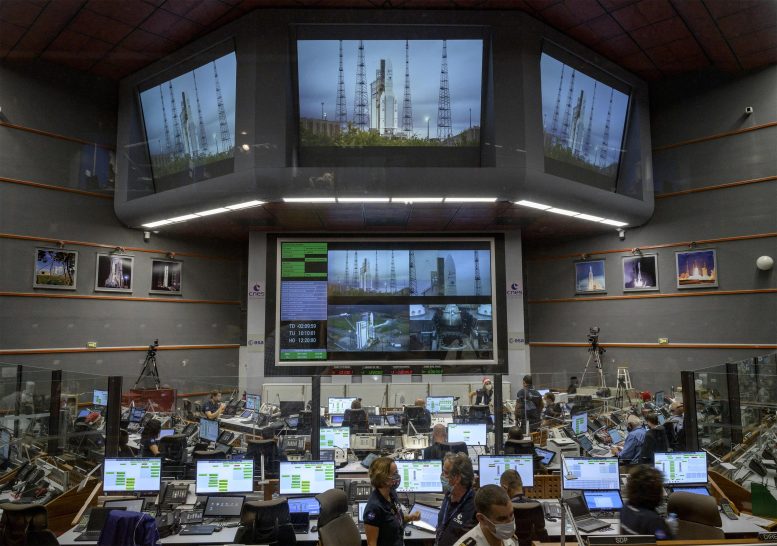
Launch teams monitor the countdown to the launch of Arianespace’s Ariane 5 rocket carrying NASA’s James Webb Space Telescope, Saturday, December 25, 2021, in the Jupiter Center at the Guiana Space Center in Kourou, French Guiana. The James Webb Space Telescope (sometimes called JWST or Webb) is a large infrared telescope with a 21.3 foot (6.5 meter) primary mirror. The observatory will study every phase of cosmic history—from within our solar system to the most distant observable galaxies in the early universe. Credit: NASA/Bill Ingalls
Webb Mission Moving to Automated Countdown Activities (7:12 am EST)
Webb has completed internal checks. All ground stations and the spacecraft are go for launch. Spacecraft and launch engineers at the Jupiter Control Center at Europe’s Spaceport in French Guiana and at the Mission Operations Center at the Space Telescope Science Institute in Baltimore, Maryland, have confirmed that Webb is on internal battery and is in its final launch configuration.
At seven minutes before launch, computers will initiate all Ariane 5 automatic countdown activities. The Ariane 5 will launch unless computers detect an issue, ground controllers initiate a stop, or the Webb team requests a hold due to a concern.
During liftoff the two solid propellant boosters — known as EAPs, from the French Etage d’Acceleration à Poudre – ignite and, along with the main stage engine, power the Ariane 5 up and away from the pad. The EAP boosters are the largest solid rocket boosters ever produced by European industry, providing roughly 92% of the total thrust at liftoff.
Lift off! (7:20 am EST)
The boosters have ignited, and we have liftoff! The Ariane 5 launcher carrying NASA’s James Webb Space Telescope launched into space at 7:20 am EST from Europe’s Spaceport in French Guiana.
Webb Telemetry Received (7:25 am EST)
Telemetry from the James Webb Space Telescope has successfully been received at the Jupiter Control Center at Europe’s Spaceport in French Guiana.
A little more than two minutes after launch, the two solid rocket boosters on the Ariane 5 separated from the vehicle and then fell back into the ocean. Next, the fairing — which was modified with additional venting ports to allow for smooth depressurization of the fairing from ground pressure to vacuum during the flight—was jettisoned, exposing Webb to space for the first time. The S-Band Transmitter has now been powered on and is confirmed as transmitting telemetry.
Main Stage Separation (7:29 am EST)
After exhausting all its fuel and bringing Webb to speeds of approximately 16 thousand miles per hour, the main stage engine of the Ariane 5 has shut down and been jettisoned. The upper stage engine has ignited. It will burn for approximately 16 minutes, beginning Webb on its journey to its final orbit around the second Lagrange point, commonly known as L2, a point on the opposite side of Earth from the Sun, directly on a path towards L2 on which it will continue for four weeks.
The Ariane 5 upper stage will now begin a special rolling maneuver to protect Webb from solar radiation after fairing separation. It will continue this maneuver until Webb is released from the upper stage, planned within the next 20 minutes.
Upper Stage Separation (7:47 am EST)
The Ariane 5 upper stage brought the James Webb Space Telescope up to a speed of approximately 22 thousand miles per hour – headed for its final orbit around the second Lagrange point, commonly known as L2.
The upper stage engine has now cut off and the spacecraft has separated. An extra battery on the upper stage provided power for a boost after release of the telescope, distancing it from Webb.
Webb is now flying on its own in coast phase.
Solar Array Deployed (7:55 am EST)
At approximately 30 minutes after launch, Webb’s solar array began to open up. It is now fully deployed and we have confirmed that the spacecraft is power positive.
Webb Is On Its Way! (8:14 am EST)
The James Webb Space Telescope is safely in space, powered on and communicating with ground controllers.
Webb continues in coast phase, and is now oriented correctly with respect to the Sun. The six reaction wheels of the spacecraft’s attitude control system have been powered on, and they are now responsible for keeping the spacecraft pointing in the right direction – so that its massive sunshield, which is the size of a tennis court and which will deploy over the course of the next week – will be able to keep the telescope protected from solar radiation and heat.
Webb is on its way to L2. Our next big milestone is this evening, when we conduct the first Mid-Course Correction burn.

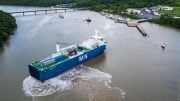
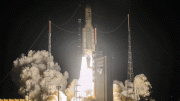
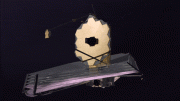
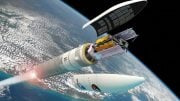
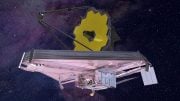

Be the first to comment on "James Webb Space Telescope Launch Timeline As It Happened"